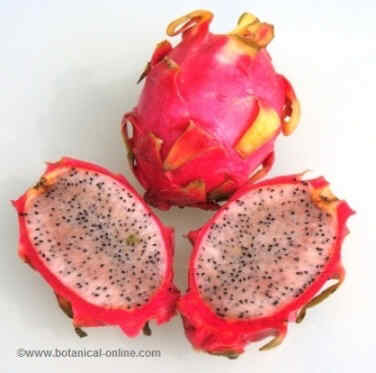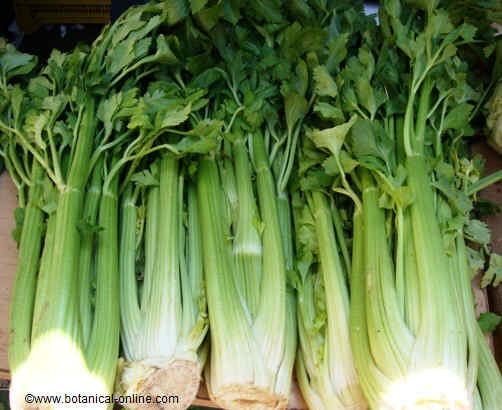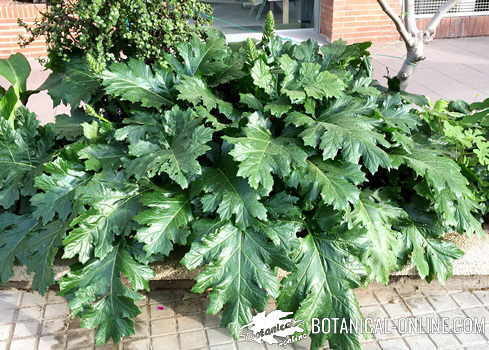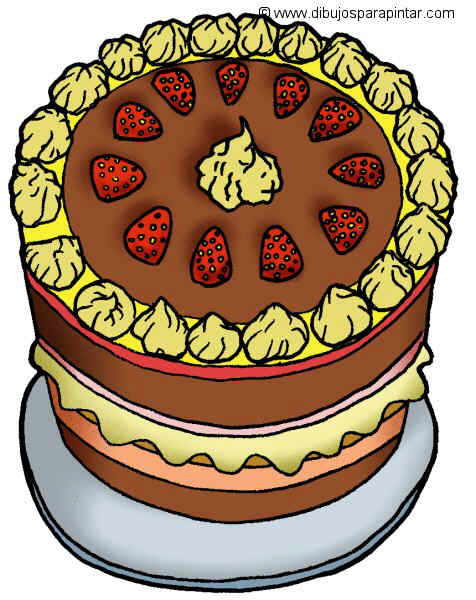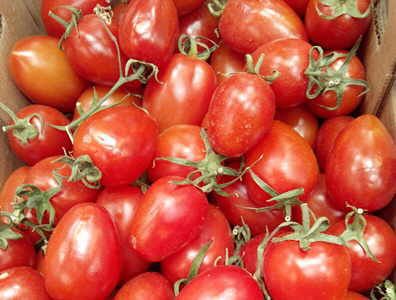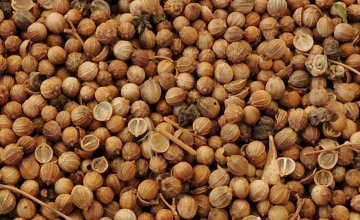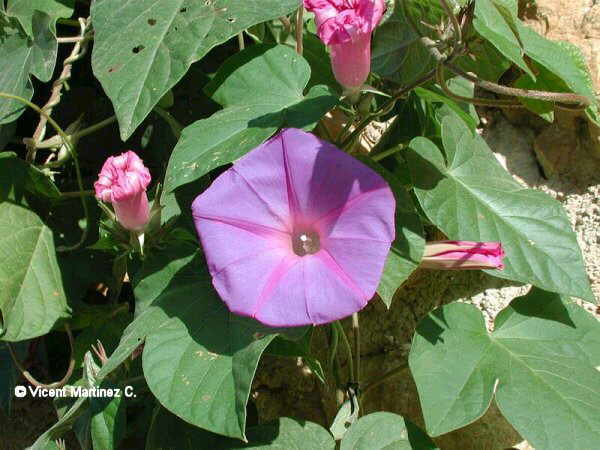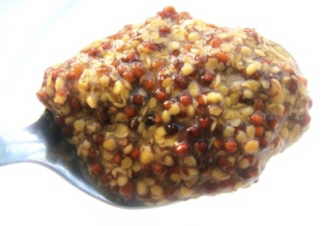Contents
What is the strawberry tree?
Characteristics of the strawberry tree (Arbutus unedo)
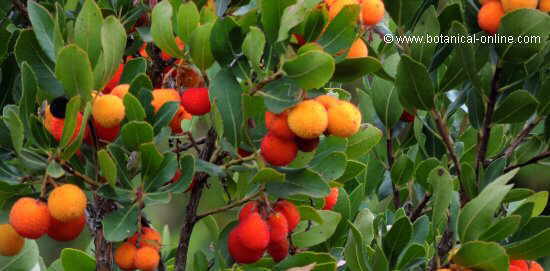
Common name: Strawberry tree, madrone
Scientific name: Arbutus unedo L. The Latin name unedo means “I eat only one“, referring to the fact that eating the fruits in excess can cause intoxication.
Family: Ericaceae
Origin: Shrub native to southern Europe and the eastern Mediterranean.
Habitat: Where does the strawberry tree grow?
We can find this tree in forests, scrublands and rocky or sandy hills. Native to calcareous soils.
Distribution: Widely distributed in Mediterranean forests. Also found in Great Britain.
Description of the strawberry tree
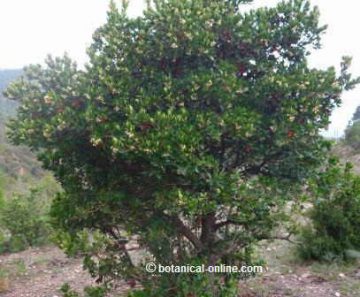
Slow-growing perennial shrub of the Ericaceae family, related to blueberries, cranberries and bearberry.
If the soil and water conditions are ideal, it can reach 2 – 3 m in height. Leaves 5 – 10 cm long, elliptical, lanceolate, with serrated margins. Green on the underside and greyer on the underside.
The flowers grow in clusters and are pale in color. The corolla is made up of 4-5 petals joined together in a tube shape. It blooms in late summer. Pollination is by insects.
The fruits of the strawberry tree are round berries measuring 1.5 to 3 cm in diameter. They are covered with a skin with pointed protuberances that make them very characteristic. Inside they contain numerous seeds that are edible.
The fruits of the strawberry tree
The fruits are harvested the following year, since they take about 12 months to mature. This allows the fruits and flowers to be found at the same time.
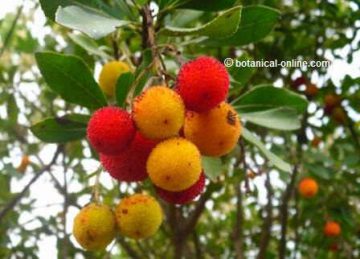
The fruits are pale green when unripe, turning yellow and finally bright red when ripe. Birds love this fruit.
Components of the strawberry tree
- Carbohydrates (53%): Fructose (28%), glucose (22%), sucrose (1.8%) and maltose (1%) in the fruits.
- Vitamin C (346 mg. / 100g.), niacin, vitamin E and carotenoids in the fruits.
- Gluconic acid (leaves), gallic acid (leaves and fruits), gentic acid (leaves and fruits)
- In the fruits: Malic acid, fumaric acid, ellagic acid, protocatechuic acid, p-hydroxybenzoic acid, vanillic acid.
- Flavonoids: violaxanthin (leaves), cryptoxanthin (leaves), myricetin (leaves), anthocyanoside (fruits), lycopene (leaves and fruits). Scientific studies highlight the high flavonoid content of the fruits (32.37 mg. per 100 g. of edible portion). These flavonoids are mainly anthocyanins (80% of total flavonoids).
- Tannins
- Glycosides: arbutin (leaves), unedoside (leaves), methylarbutin (leaves), violaxanthin (leaves), delphinidin (fruits), cyanidin (fruits).
- All parts of the plant are rich in ethyl gallate, an antibiotic component.
- Hydroquinone: Intestinal bacteria are able to break down arbutin into hydroquinone, which has antiseptic applications against urinary tract infections.
History of the strawberry tree
The Greeks already reported their experiences of headaches caused by ingesting strawberry tree fruits due to their alcoholic effects. This is how it is described in the texts of Dioscorides: <<The strawberry tree is a tree similar to the quince, with fruit the size of a plum, pitted, called strawberry tree (memaykilon); when ripe it is somewhat reddish; when eaten it gives the sensation of straw, upsets the stomach and gives a headache >>. (Book I chapter 138).
Pliny also speaks of the strawberry tree: <<“Unedo” produces a fruit that is difficult to digest and bad for the stomach>>
The Spanish botanist Andrés Laguna also refers to this tree, which was widely consumed in Spain: <<This fruit, when eaten, swells the stomach with flatulence and causes severe headaches; which was the reason the Latins gave it the name “unedo”, admonishing that no one should eat more than one of it>>.
Uses of the strawberry tree
In some places it is a protected species so its uses are only intended for cultivated specimens.
The strawberry tree is a wild plant that is also used as:
- Ornamental plant: In some parks or gardens.
- Symbolic figure: It appears in this way on the coat of arms of Madrid (A bear leaning on the trunk of a strawberry tree from which its red fruits hang). In Nicaragua it is the national tree and the symbol of the festival of the Immaculate Conception.
- To tan leather: The bark and fruits of the oak are used in tanneries.
- For its wood: The wood of this tree, hard, heavy and resistant, is used in cabinetmaking and carpentry.
- As a medicinal plant
![]() More information on strawberry tree: medicinal properties, benefits of its fruits
More information on strawberry tree: medicinal properties, benefits of its fruits


